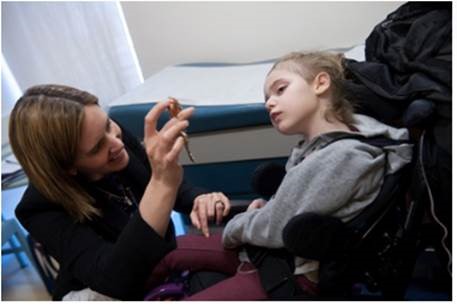Infantile Spasms: A Unique Early-life Form of Epilepsy
Infantile Spasms (IS) is a unique early-life epilepsy with heterogenous etiologies, few treatment options, and significant developmental consequences. Boston Children’s Hospital through the IS Program and other research groups have been at the forefront of the outstanding clinical care and research productivity related to IS. This October 11th various groups at Boston Children's Hospital will come together for a symposium to explore the prospects of coordinating our collective efforts more closely to improve outcomes of babies with infantile spasms.





